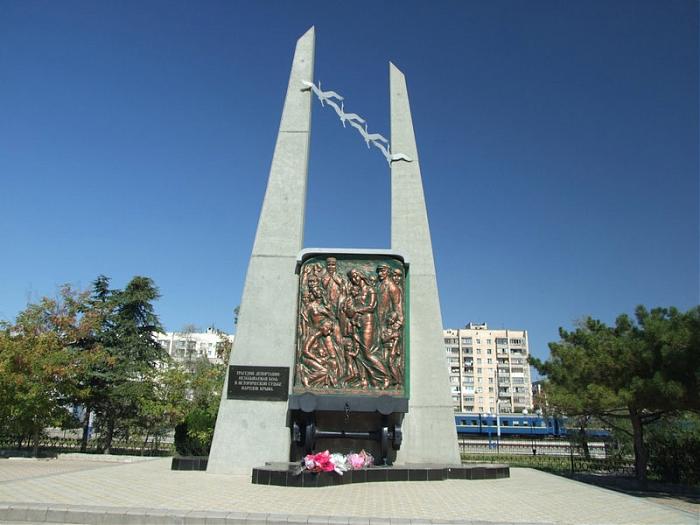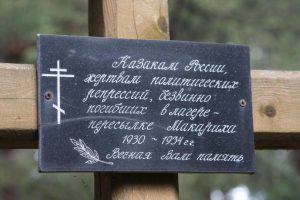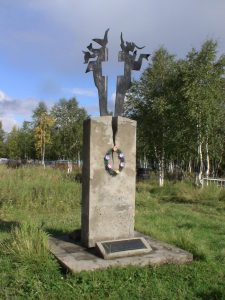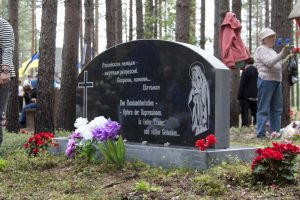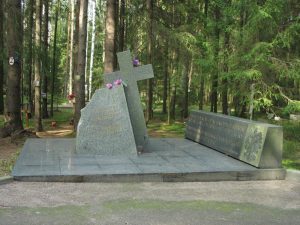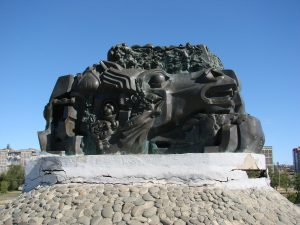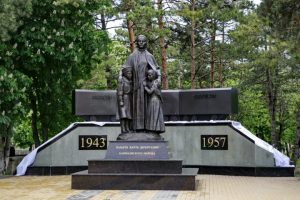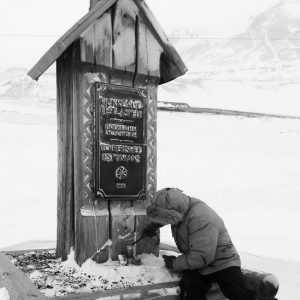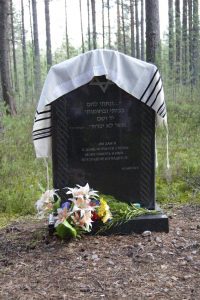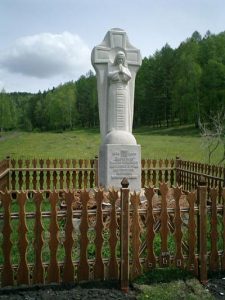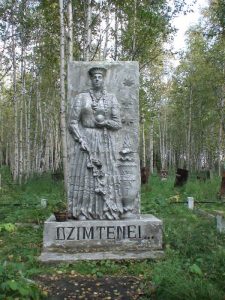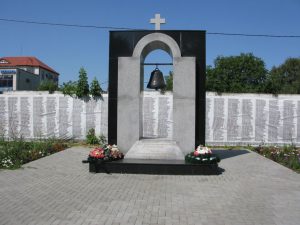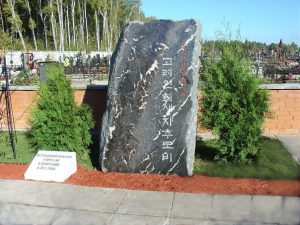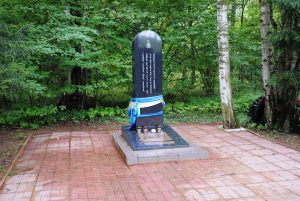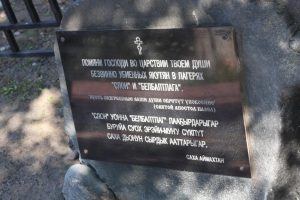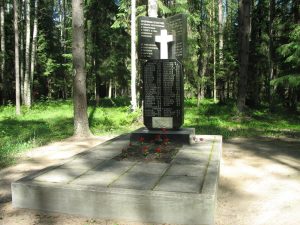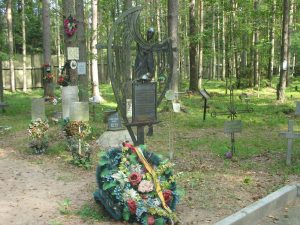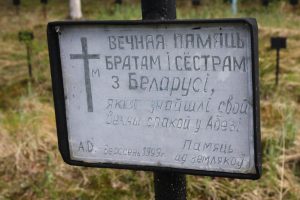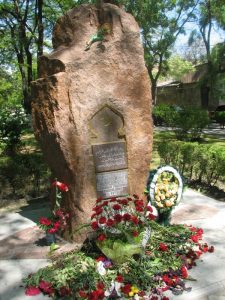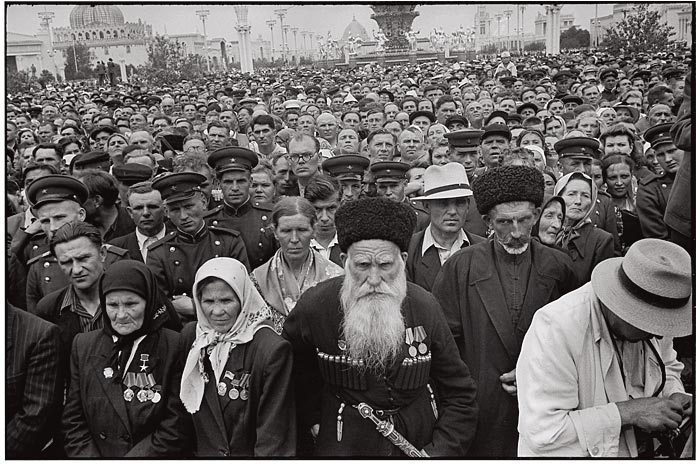Today, many people in the Russian Federation will pause to remember the victims of political repressions in the USSR, in particular the members of the 14 peoples who were deported en masse and the 48 other nations who were deported or otherwise repressed only in part, a list that even more tragically is far from complete
While the regime of Vladimir Putin increasingly defends what Stalin did and tries to block any memorialization of his victims, Elena Meygun of Nazaccent.ru points out that “more than 700 memorials” to the victims of Stalinist repression nonetheless have been erected across the country.
Few of them are in Moscow or in other major cities. Instead, they are at the sites of former jails and camps, resettlement points, and mass graves. To give some idea of the scope of this effort, she provides pictures and details of some of them which show in her words that “the peoples of our country are united not only by the word ‘Russian’ but by a common tragedy.”
On this day, it is worth looking at these pictures and thinking about the millions of human victims of a system whose collapse Putin has described as “the greatest geopolitical tragedy” of the 20th century and, having viewed them, recommitting ourselves to ensuring that there will be no more steps in the direction of recreating it.
And unfortunately, such a recommitment is necessary not only morally but practically. As Crimean Tatar Mustafa Dzhemilyev reminds today, Moscow is engaged in an analogous act of ethnic engineering and genocide in occupied Crimea by forcing Crimean Tatars out and sending ethnic Russians in to take over their farms and houses.
Meygun’s gallery of memorials and the groups for which they were set up include:
- The Cossacks, who erected a memorial cross at a cemetery in Kotlas in the Far North in 2003 and another at the resettlement camp in Makarikha.
- The Lithuanians who set up a memorial in the Komi Republic in 1990 in honor of the Lithuanians who were deported there after the illegal annexation of their country.
- The Russian Germans who erected a memorial in Karelia.
- The Poles who set one up in St. Petersburg in 1993.
- The Ingush and Chechens who put up a memorial in Nazran in 1997 to those who were deported to Kazakhstan and Central Asia.
- The Kalmyks who erected a monument in their capital Elista in 1996 to those who had been deported and then able to return.
- The Karachays who put one up in 2014 in an aul in the Karachayevo-Cherkess Republic.
- The Estonians who erected a memorial cross in Norilsk in 1991 in honor of those Estonians who perished there.
- The Jews who put up a memorial in Medvezhegorsk in Karelia in 2005to the Jews who died not only in 1937-1938 but throughout the Soviet period.
- The Ukrainians who set up a memorial in Khakassia to which many of them were deported. It was dedicated in August 2000.
- The Latvians who erected a monument to Latvians who died in deportation in the Komi Republic in 1989.
- The Greeks who put up a memorial in Krasnodar in 2011 to victims from among that nation.
- The Koreans who put up a small memorial to their losses in Shcherbinka, near Moscow.
- The Mongolians who did the same also in Moscow oblast.
- The Yakuts (Sakha) who put up a monument in Arkhangelsk in 2009.
- The Assyrians who erected a memorial in St. Petersburg in 2000 to those of their nation who lost their lives in the GULAG.
- The Ingermanland Finns who set up a memorial also in the Northern Capital in 1994.
- The Balkars who have a memorial in their republic to those deported and killed.
- The Belarusians who set up a memorial in the Komi Republic in 1999.
- And the Crimean Tatars who have memorials in Feodosia and Yevpatoria, some of which have been vandalized since the Russian occupation of that Ukrainian peninsula.

